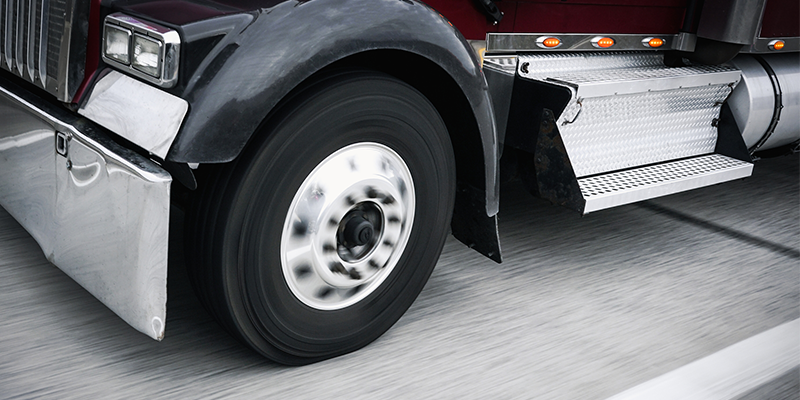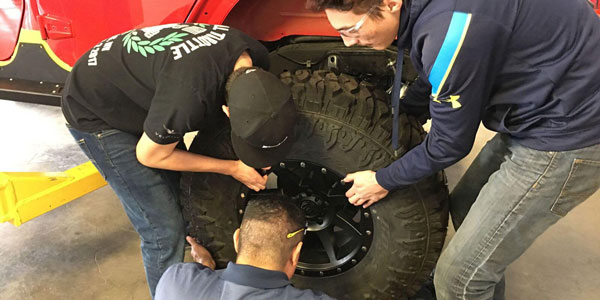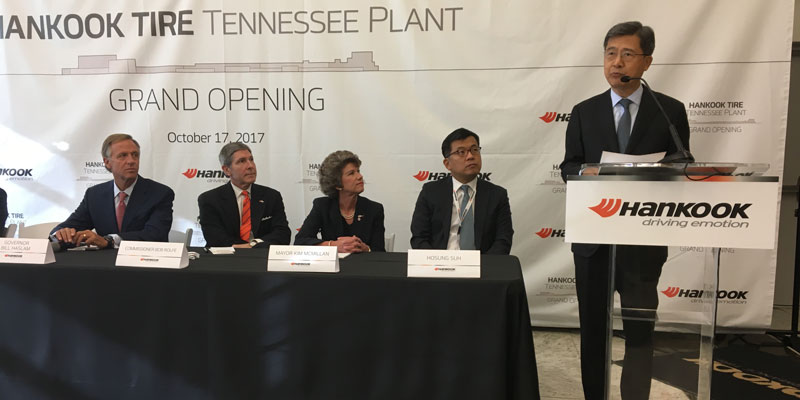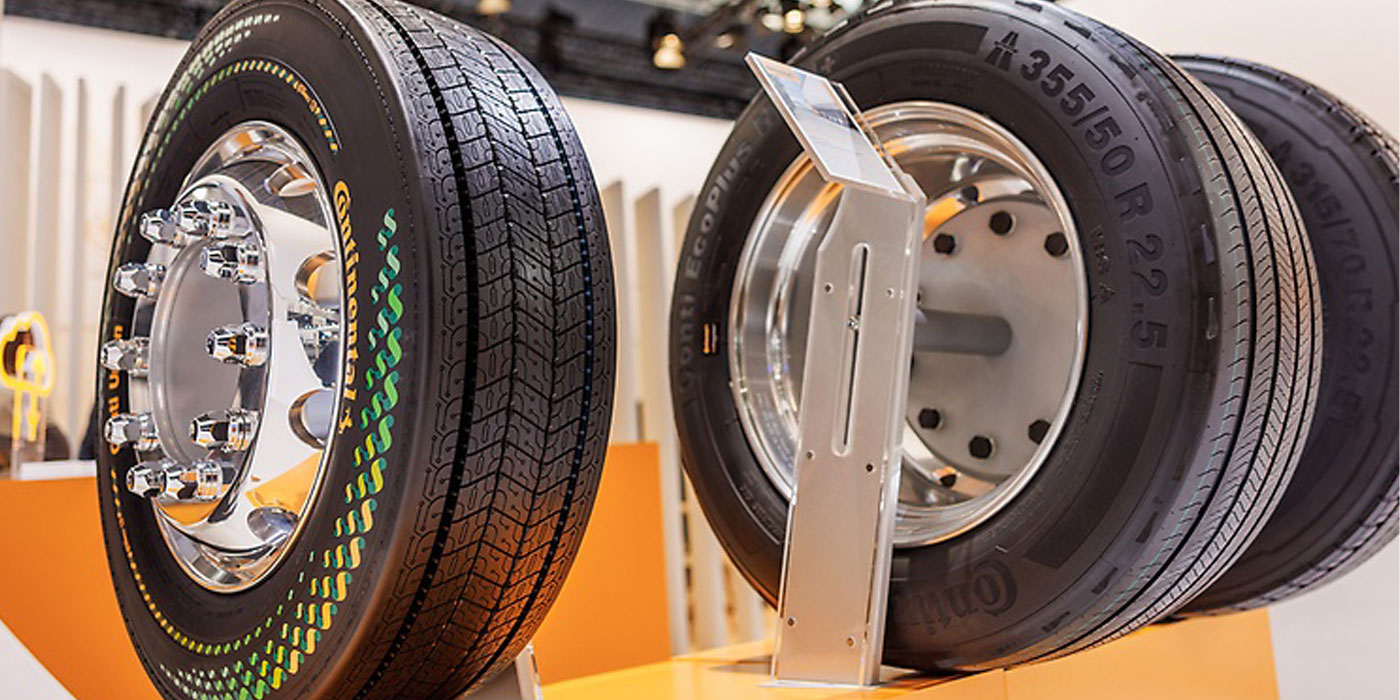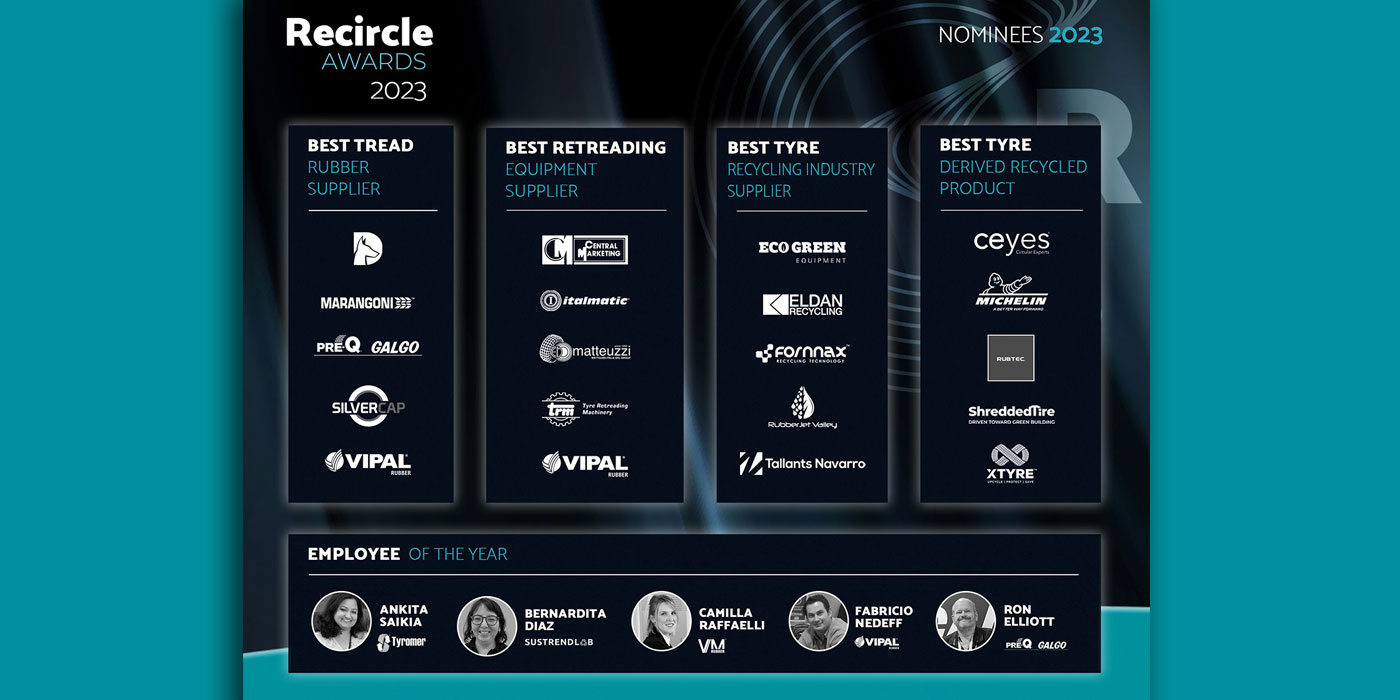Many would say it’s been a rough couple of years for the retread industry in the U.S. and around the world. There’s price competition from low-quality imported tires, increasing regulatory threats from various government agencies, challenges finding and keeping good employees, rapidly rising health care costs and uncertainty about raw materials costs as well as the impact of various potential tariffs. However, one of the great things about the tire industry in general and the retread industry specifically is that there is a vast amount of experience with people having worked for decades in their fields of expertise. In speaking with many of these industry veterans, you will often hear a similar refrain, “It’s challenging, but we’ve been here before. The retread industry has had to adapt to changes over the years, and we’ll do it again with the current threats we face.” I’ve witnessed many of those changes over the last couple of years, and for the first time in awhile, I’m starting to hear cautious optimism creep back into my conversations with most retreaders.
Price competition from low-quality Chinese truck tire imports has definitely affected the commercial truck tire retread industry globally. Many would say it’s unfair pricing as we still hear reports of Tier 4 Chinese tire manufacturers offering to sell their new tires for less than the raw materials cost of the tires. This is one of the reasons most people in the industry were surprised that at the final hurdle, the U.S. International Trade Commission decided not to enact tariffs on commercial truck tires, a decision that is still being appealed to the U.S. Court of International Trade.
The U.S. has weathered this storm of low-quality Chinese imported tires better than many other global markets. For many years, the percentage of retreaded commercial truck tires and new commercial truck tires sold in the replacement market in the U.S. was about 50% each, with fluctuations from year to year based upon economic conditions. However, in 2017, 57% of the replacement commercial truck tire market was new tires, with the remaining 43% going to retreaded tires. So, while the new tire replacement market has grown 22% since 2013, the retread tire market has decreased by 4%. This percentage decrease in other retread businesses around the world is significantly higher than the U.S. Other markets are considering and implementing tariffs to level the playing field for local retreaders. The most recent example of this is the European Union’s plans to apply anti-dumping and anti-subsidy charges of between €52.85 ($61.94) and €82.17 ($96.31) per commercial truck tire imported from China.
READ MORE: 2018 State of the Industry Report
Selling retreaded tires used to be a more straightforward prospect for many retreaders in the U.S. They could offer a quality product that performed as well or better than a similar new tire at a 50-60% savings. Add in the additional benefit of creating massive environmental savings in terms of raw materials and carbon emissions and you have a win-win proposition. Now that the pricing differential with new tires has grown closer, retreaders are sharpening their marketing, educational, operational and sales skills to create complete solutions for their customers.
Retreaders looking to thrive in this market are investing more time and effort in continuing to educate current and potential customers about the lower total cost of ownership and lower cost-per-mile that retreaded tires provide compared to low-quality Chinese imports. Several retreaders have offered customers side-by-side testing of their retread products compared to new tires selected by the customer. These tests consistently show what all large fleets know: a quality retreaded tire program provides the lowest overall cost-per-mile compared to a new-tire only program. That’s why 100% of the largest 100 fleets in America use retreaded tires as part of their overall tire program, and that’s why you see continued investment in retreading by the largest new-tire manufacturers. They know their customers demand a complete tire program that includes new tires, retreaded tires, service, repair, tire management, and tire data analysis. Smart retreaders, whether affiliated with a big brand or operating as an independent, are striving to provide these services to customers who look at tires as an investment to be cared for and managed, instead of a one-off expense. This focus on meeting customer needs has also led companies in the truck stop industry such as Love’s and TravelCenters of America to move into operating their own retread plants and providing one-stop tire solutions for their customers.
Incentives are also playing an increasingly important role in the retread industry. Companies are taking advantage of incentives offered by major manufacturers through national campaigns and providing individual incentives to local customers to have them take that last step in trying retreaded tires. In addition, many retreaders are incentivizing retread sales staff and plant employees to drive more sales and increase plant efficiency.
I have seen more of a push in the last several months to really focus on plant investments and plant efficiency by many of TRIB’s member companies. For the last couple of years due to the uncertainty around the Presidential election, many retreaders were cautious about big investments in their existing plants or in new greenfield development. With the certainty of the election behind them and with continued economic growth, several retreaders started thinking again about investments in equipment, plants and people. Much of the recent focus has been on increasing automation within retread plants and increasing productivity to help stay cost-competitive with low-quality Chinese imports. We’re starting to see increasing amounts of research and development going into robotic equipment that can be used at buffing stations (such as robotic buffers offered by Lukatec and TRM), robotic building islands prototyped by Marangoni and zero-gravity skive machines offered by Matteuzzi. More straightforward investments in plants, such as providing motion-sensitive LED lighting throughout the plant and at workstations, installing solar panels to provide low-cost power, using special epoxy paint for floors and ceilings that lower the ambient temperature and other similar investments are helping to drive productivity gains and are reducing overall costs of production.
The story of retreading is a great story to tell. I always get immense satisfaction speaking to someone that either knows nothing about retreading or is vaguely familiar with the well-worn myths and misconceptions about retreading. You can see the light bulb moment for them when you explain the massive cost savings, the superior performance, the positive environmental impacts and the critical component retreading plays in the full lifecycle of a tire from initial production through final disposal via recycling. The world would be worse off without retreading through the increased use of scarce natural resources, increases in carbon dioxide emissions and the re-emergence of disease-causing tire piles.
The retread industry is faced with a number of challenges in the current environment, but we have been here before, and as an industry, we have the experience, enthusiasm and the entrepreneurial spirit to move through this current challenge and come out stronger in the months and years ahead.
David Stevens is managing director for the Tire Retread & Repair Information Bureau (TRIB).

